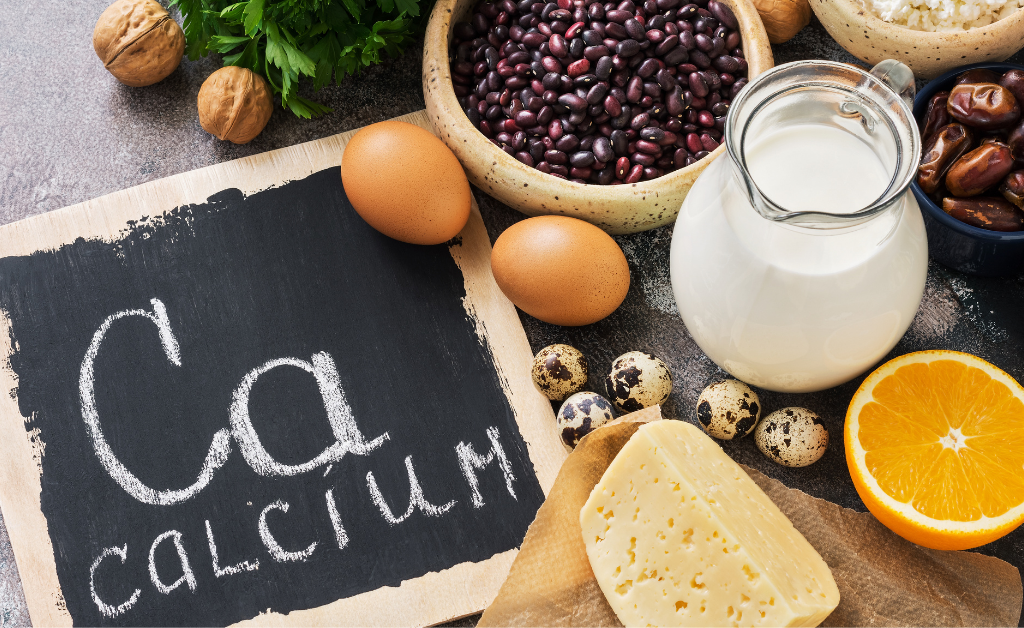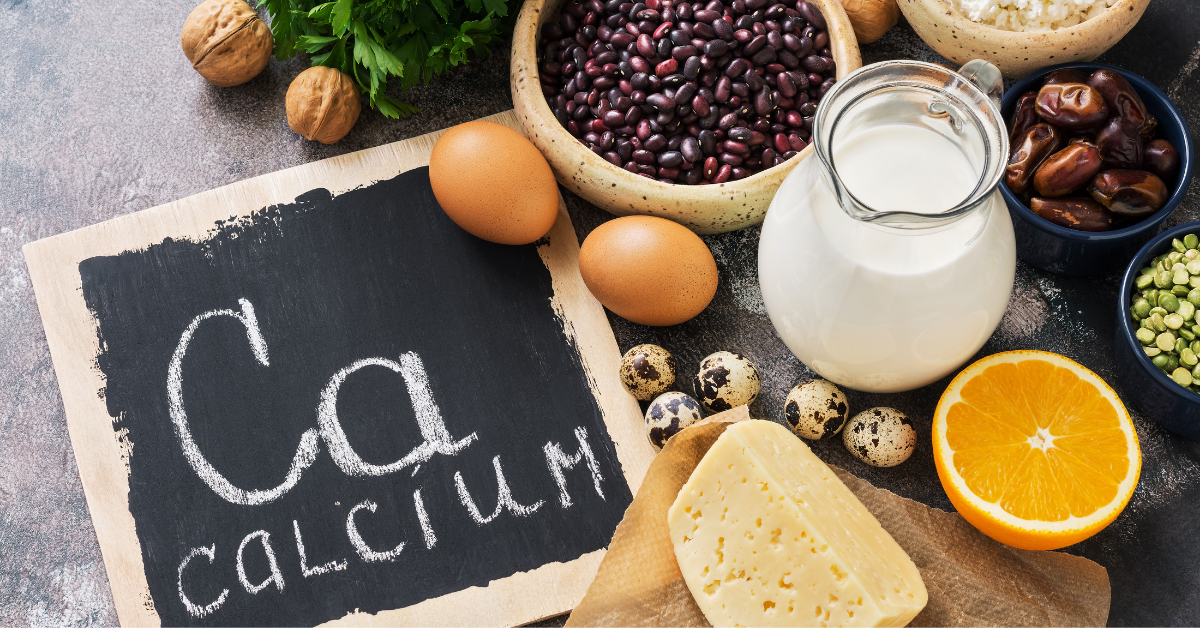From whole foods to fortified products to vitamin supplements, calcium is an essential nutrient throughout every life stage, but it’s not just for healthy teeth and bones (even though 99% of it is stored there). This multi-functional mineral is an unsung hero when it comes to maintaining human health. As children, we need calcium for bone formation; but, as we age, it helps protect us from fractures, osteoporosis, and even diabetes. In fact, new evidence continues to show that calcium is a major factor in reducing the risk of heart disease, inflammation, and other chronic illnesses.
When the body runs low on calcium, it transfers its stores using one of three organ systems—kidney, intestines, and bone—potentially putting at risk vascular, muscle, nerve, intracellular, and hormonal functions. Over time, calcium deficiencies can cause serious health problems; but small, constant changes made over the course of each life stage can help keep calcium levels at normal range, and, ultimately, maintain endurance, health, and longevity.
Maintaining bone health throughout your life
According to the National Institutes of Health and other sources, the minimum calcium requirement for healthy adults is 700 mg per day to maintain health and anywhere from 1,200 to 2,000 mg per day to prevent deficiencies and reduce the risk of diabetes and other chronic conditions. However, a recent study indicated that the average intake of females of various ages from France, Korea, the United States, and the United Kingdom was about 500 mg per day or almost 1,400 mg shy of the minimum requirement come the end of any given week.

While calcium intake varies slightly depending on age, gender, and even population, the major groups at risk for calcium deficiency are: women, the lactose intolerant, adolescents, and the elderly. For female adolescents, adequate calcium is crucial for bone formation and growth. Later in life, women are at risk if their baselines are not already strong, if they develop eating disorders, or if they partake in extreme physical activities high risk for calcium. During the postmenopausal stage, hormonal changes may affect bone mineralization. Those with a milk allergy or lactose intolerance—the body’s inability to manufacture the lactase enzyme needed to break down the sugar found in milk—often follow a dietary restriction that could put them at risk for calcium deficiency. Lastly, adolescents tend to develop dietary habit changes (i.e., substituting soda for milk) as they age and the elderly may experience medication interactions that decrease calcium absorption, resulting in osteoporosis and putting them at risk for hip fractures.
The calcium collaboration
Calcium has a strong and interdependent relationship with phosphorus, vitamin D, and protein. Its balance with phosphorus in the kidneys is especially important during periods of growth for bone mineralization. Vitamin D boosts calcium absorption to maintain proper and consistent levels for everyday metabolic functions. Muscle protein works together with calcium to create the necessary bone matrix needed to support human health.
Calcium to the rescue
Emerging data and recent trials with calcium supplementation have shown to be an effective strategy to lower the risk of cardiovascular disease. If dietary calcium cannot be consumed—for example, in the at-risk groups listed above—then supplements would be the way to go. Calcium supplements come in a variety of forms—from tablets to liquids—and different calcium compounds may have a better absorption rate if taken in smaller doses, with meals, or with vitamin D. (If you are unsure which calcium supplements are right for you, speak with your doctor.)
Adequate calcium intake through whole and fortified foods—such as orange juice or cereals with added calcium—may help maintain a normal body weight, thereby decreasing the risk of obesity and related chronic conditions. Fermented foods containing calcium, such as kimchi, yogurt, and aged cheeses, help support beneficial gut bacteria.
A study of adults over the age of 50 found a significant reduction in the risk of osteoporosis and hip fracture when taking 1,200 mg of dietary calcium per day. Increased muscle strength and bone density was, not surprisingly, found in groups who (a) included high quality fruits and vegetables containing calcium and vitamin D in their diet, (b) engaged in moderate physical activity, and (c) maintained a healthy body weight.
Don’t got milk?
Many people may recognize the well-known “got milk?†advertising campaign, but dairy is not the only way to get calcium. In fact, for many (vegans and the lactose-intolerant, to name two), dairy isn’t even a consideration. The best way to overcome these dietary challenges without risking calcium deficiency is through a varied and diverse diet.

For example, one cup of whole milk yields about 250 mg of calcium, but so does a cup of calcium-fortified soymilk or a half-cup of tofu. Sardines come in at 46 mg each, a tablespoon of sesame seeds has 88 mg, and a cup of collard greens will give you about 84 mg. Granted, a whole food diet is the preferred way to get calcium, but, choosing the right combination of whole foods, fortified products, and supplements may make it easier to tailor your daily calcium intake to your specific nutritional needs and health goals.
Calcium for your consideration
Maintaining bone health does not have to get more difficult with age and, as I continue to say, nutrition is not a one-size-fits-all concept. Understanding calcium’s role in a healthful diet, incorporating a wide variety of foods to meet dietary guidelines, including supplements when necessary, and making the best choices throughout each stage may just put you on the road to a long and healthy life.



0 Comments